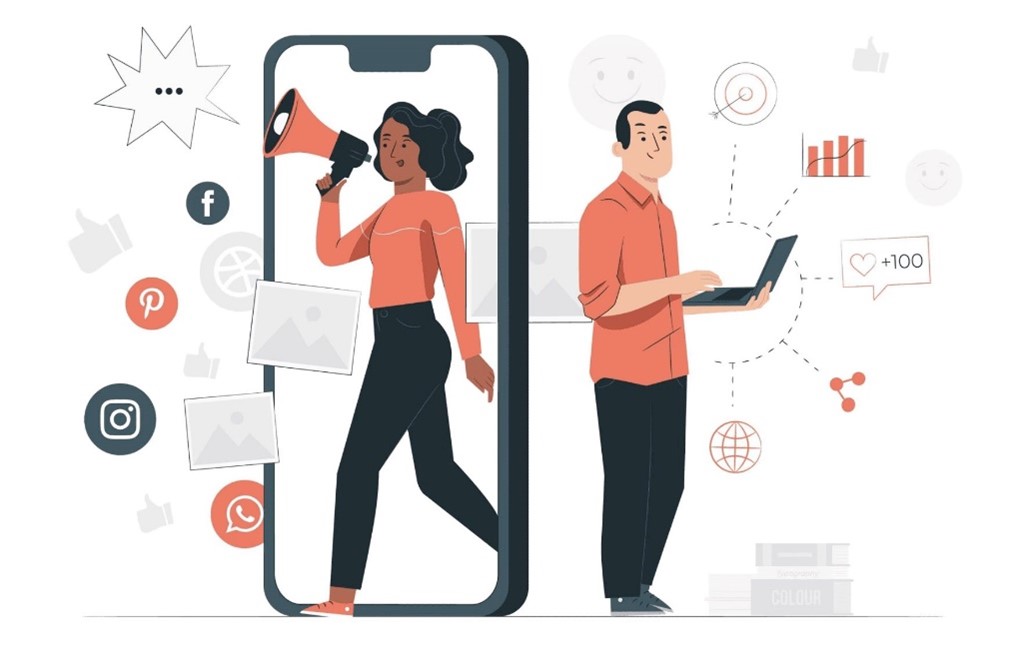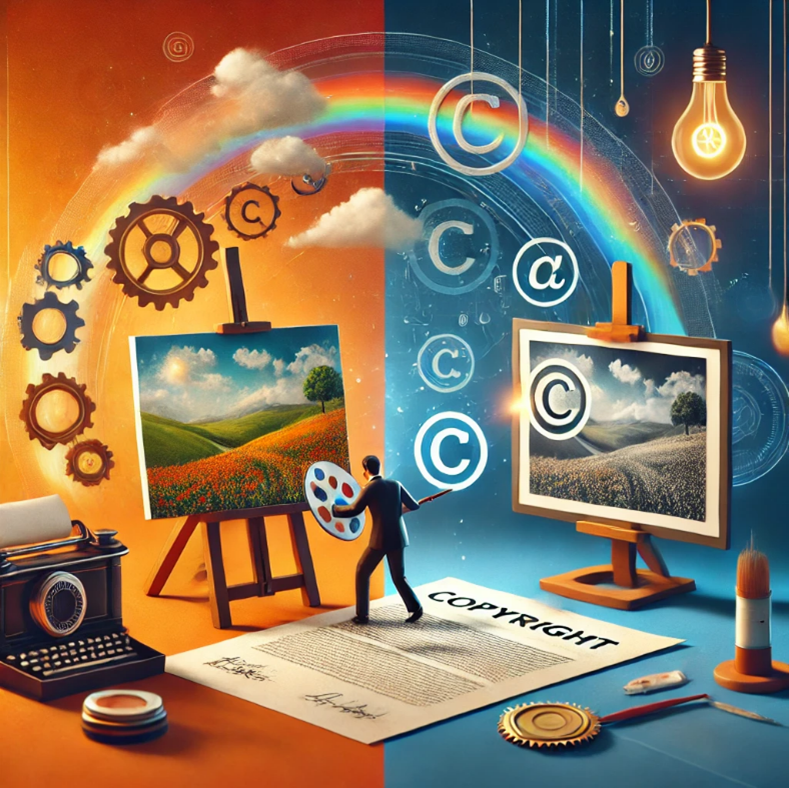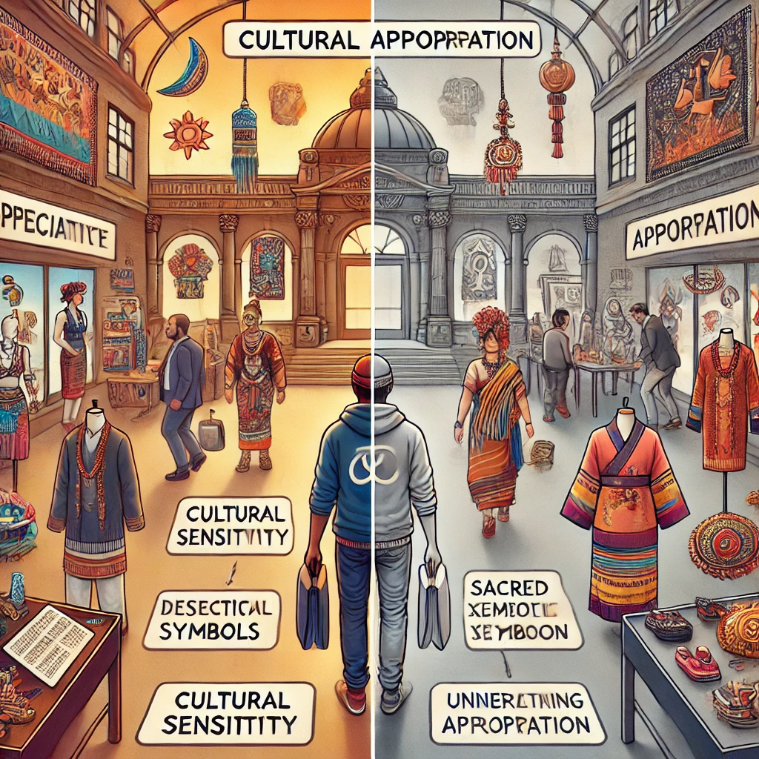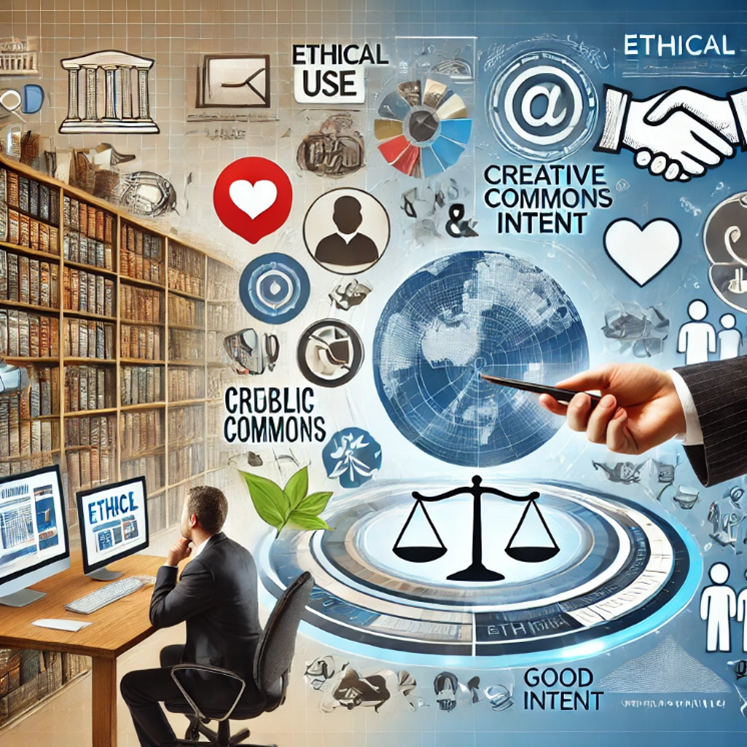What ethical considerations arise when AI creates content indistinguishable from human art?

What ethical considerations arise when AI creates content indistinguishable from human art?
by Maximilian 11:53am Feb 03, 2025

When AI creates content indistinguishable from human art, several ethical considerations arise, spanning questions of authorship, accountability, societal impact, and cultural integrity. Here’s a detailed exploration of these considerations:
1. Authorship and Ownership
Who Owns the Work?: When AI generates art or music, determining ownership can be complex. Is the creator the person who trained or programmed the AI, the individual who provided the prompts, or the company that owns the AI platform?
Attribution and Credit: Should AI be acknowledged as a collaborator or tool? How should human input and AI contributions be credited?
Intellectual Property (IP): If an AI generates content similar to copyrighted works, it raises questions of infringement. Can an AI create original work, or are its outputs derivative by nature?

2. Authenticity and Deception
Falsified Identity: If AI-generated art is indistinguishable from human-created art, it can lead to deception, such as falsely attributing works to famous artists or musicians for profit or prestige.
Loss of Human Touch: Audiences often value the human story behind art. If content is AI-generated but marketed as human-made, it can undermine trust and authenticity in creative fields.
Deepfakes and Misinformation: In visual and audio arts, indistinguishable AI creations can be used maliciously, such as fabricating statements from public figures or creating misleading images or music.
3. Economic and Professional Impact
Job Displacement: The ability of AI to generate art, music, or other creative works at scale threatens the livelihoods of artists, musicians, and other creatives, especially those in commercial industries like advertising or stock media.
Erosion of Value: If AI floods the market with high-quality content, the perceived value of art and music might diminish, making it harder for human creators to sustain their work financially.
4. Cultural Sensitivity and Appropriation
Bias and Stereotypes: AI systems are trained on existing data, which may reflect cultural biases or stereotypes. This can lead to outputs that perpetuate harmful narratives or misrepresent cultures.
Cultural Appropriation: AI might generate works inspired by specific cultural motifs or traditions without understanding their context or meaning, raising concerns about respect and exploitation.
Homogenization of Culture: Over-reliance on AI could lead to a loss of diversity in creative expression, as AI models might prioritize trends and popular styles over unique or niche cultural voices.

5. Ethical Use and Intent
Exploitation of AI Tools: AI could be used to mass-produce low-cost, high-quality art or music, potentially undercutting human creators and valuing profit over artistic expression.
Use for Harmful Purposes: AI-generated content can be weaponized for propaganda, harassment, or other malicious activities, such as creating violent, hateful, or inappropriate imagery.
Consent and Data Privacy: AI models are often trained on large datasets of existing works, including art, music, or text scraped from the internet. Were the original creators of this data informed or compensated?

6. Philosophical Implications
Definition of Creativity: As AI becomes increasingly adept at creating, society must grapple with what defines creativity and whether AI can truly "create" or merely "simulate."
Devaluation of Human Creativity: If audiences cannot distinguish between human and AI art, the emotional connection and intrinsic value of human-made art may diminish.
Moral Responsibility: If AI-generated works cause harm—intentionally or unintentionally—who is responsible? The programmer, the user, or the AI itself?
7. Regulation and Accountability
Legal Frameworks: Current laws may be ill-equipped to address the unique challenges posed by AI-generated art. Clear policies are needed to regulate ownership, accountability, and ethical usage.
Transparency Requirements: Creators or platforms using AI may need to disclose when works are AI-generated to ensure transparency and informed audience interaction.
Fair Compensation: Policies should ensure fair compensation for human creators whose works contribute to the datasets used for training AI systems.
8. Impact on Human Connection
Emotional Disconnection: Art often serves as a medium for human connection and shared experiences. If audiences know a piece is AI-generated, it might reduce their emotional engagement, regardless of its quality.
Loss of Narrative: Human art often carries personal stories, struggles, and cultural significance that resonate deeply with audiences. AI art might lack these layers of meaning unless guided by human intent.

Balancing Innovation and Ethics
Generative AI has incredible potential to augment human creativity, but its rise requires careful ethical consideration. Ensuring that AI tools are used responsibly and fairly, while respecting the value of human creativity, will be key to navigating this evolving landscape. This includes transparency, regulation, and fostering a dialogue between technologists, artists, and society at large.






